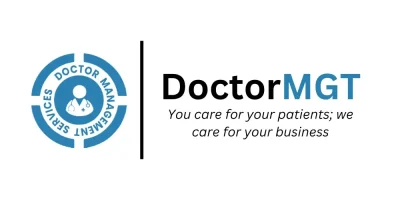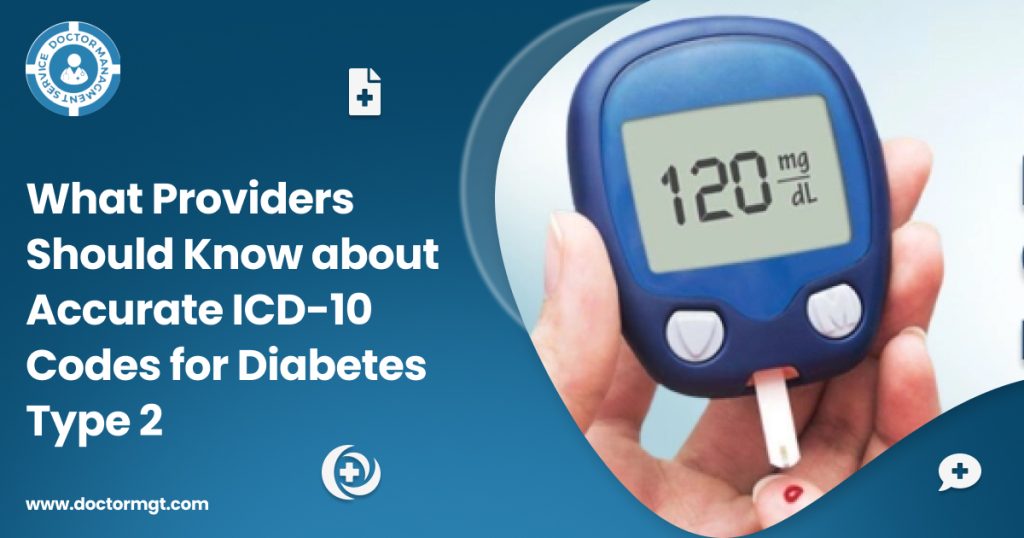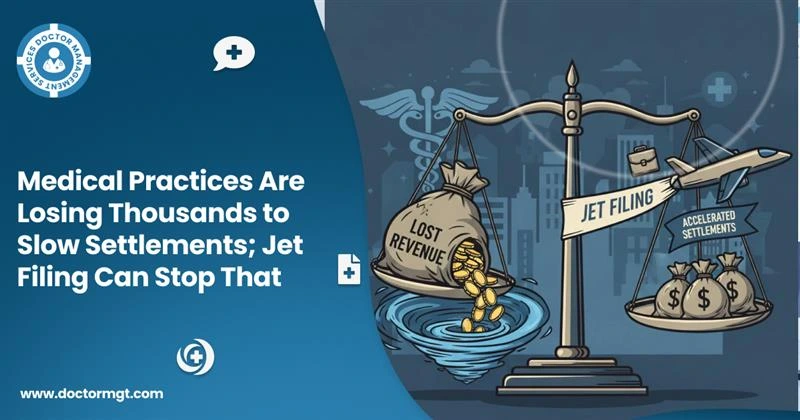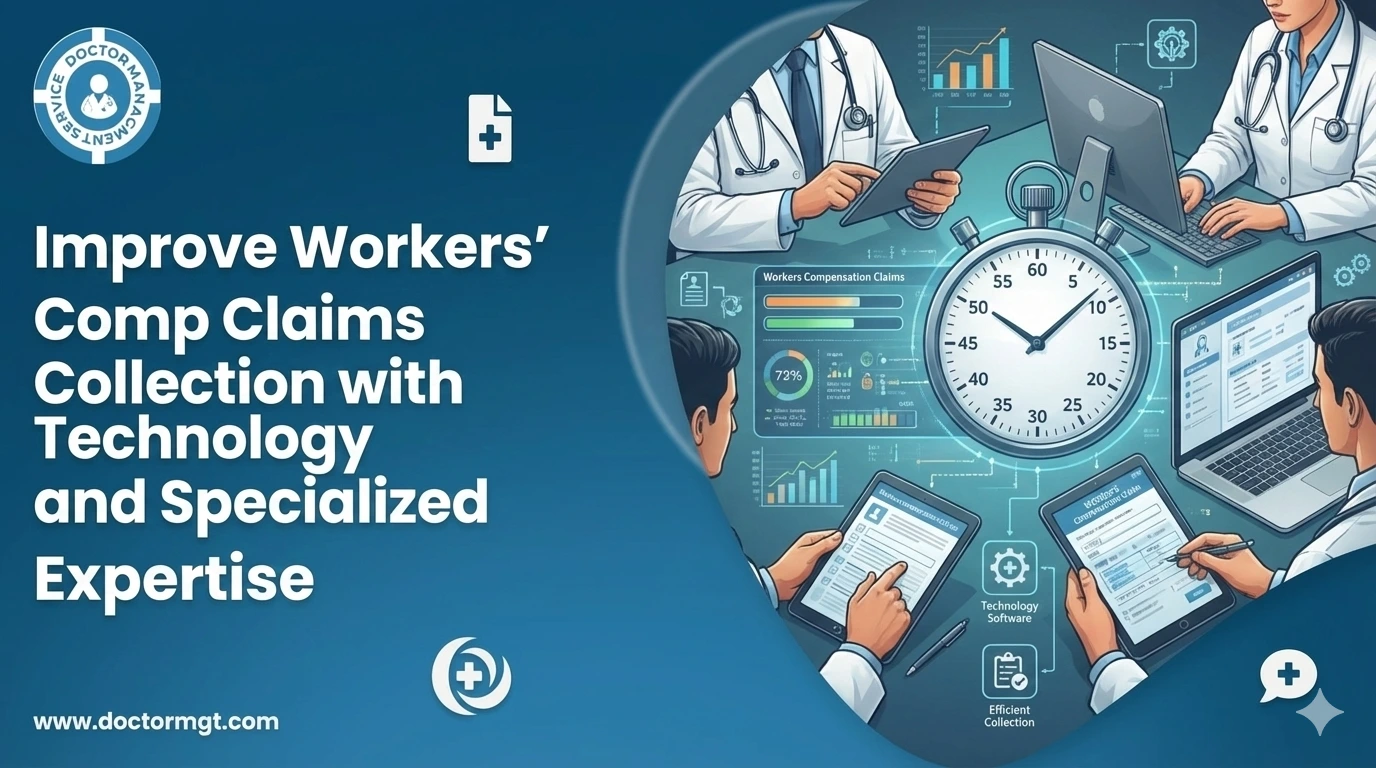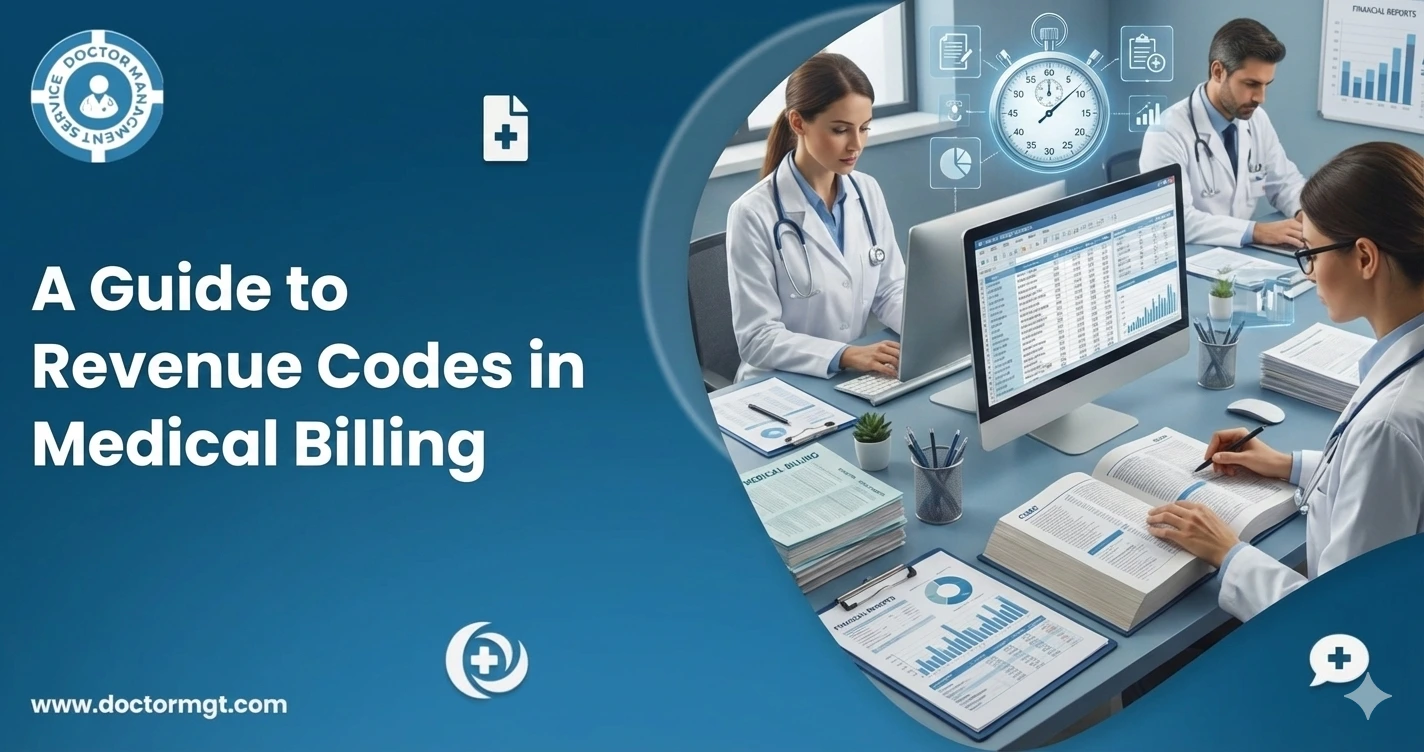Introduction
In 2021, the International Diabetes Federation estimated that 537 million adults aged 20 to 79 years, which means 10.5% of all adults of this age group, had diabetes worldwide. More concerning is the fact that only half of the people with accurate diabetes were formally diagnosed.
Even in the USA, Diabetes Mellitus Type 2 (T2DM) is one of the most widespread chronic diseases in adults. According to the Centers for Disease Control and Prevention (CDC), more than 37 million Americans are diabetic, and approximately 90 to 95% of them have Type 2 diabetes. With this magnitude, coding errors are not only frequent, but they are expensive.
These are alarming statistics that point to the importance of early diagnosis, regular screening, and accurate reporting of diabetes, particularly Type 2 diabetes, which is the most common. In practice, this accuracy begins with what appears to be a small but very powerful thing: the ICD-10 code.
The proper use and documentation of ICD-10 codes are essential, not only to maximize the care of patients but also to assure compliance-based reimbursement, HCC risk adjustment, and population health reporting. To the healthcare provider, learning how to work with these codes is more than an administrative task; it is a direct access to improved care delivery and accuracy of payment.
Why Accurate ICD-10 Coding for Type 2 Diabetes Matters:
As we have discussed that type 2 diabetes is the most common occurring disease among adults, and along with that, there is a huge need for proper ICD coding. Let’s now talk about why accurate ICD-10 coding matters for healthcare providers.
Risk Adjustment and Reimbursement Accuracy
To a certain extent, accurate coding in risk-based payment models such as Medicare Advantage has a direct impact on the risk score of a patient. The fact that Type 2 diabetes with complications is included in the Hierarchical Condition Category (HCC) means that the mistake in this case can lead to underpayment or compliance risks. Proper coding results in complete and quick reimbursement based on the complexity of care delivered.
Preventing Denials and Audit Triggers
According to American Health Information Management Association (AHIMA) guidelines, diabetic complications are some of the most under-coded or miscoded conditions. Such errors as unspecified codes, the absence of linkage between diabetes and complications, and not mention of insulin use can cause audit flags or result in claim denials.
Understanding ICD-10 Guidelines for Diabetes Type 2
Coding Type 2 diabetes is far more nuanced than simply selecting E11.9. The 2025 ICD-10-CM Official Guidelines for Coding and Reporting stress documenting and coding not only the disease but also its manifestations and associated factors.
Coding Type 2 diabetes is much more complicated than just using E11.9. According to the ICD-10-CM Official Guidelines for Coding and Reporting, 2025, it is essential to report and code not only the disease but also its categories and related factors.
The following table shows the common categories related to type 2 diabetes, along with their ICD-10 codes and their medical meanings:
| ICD-10 Code | Category | Clinical Meaning |
| E11.9 | Uncomplicated | Type 2 diabetes without complications |
| E11.22 | With Renal Complication | Type 2 diabetes with chronic diabetic kidney disease |
| E11.40 | With Neurological Complications | Type 2 diabetes with diabetic neuropathy |
| E11.319 | With Eye Complication | Type 2 diabetes with unspecified diabetic retinopathy |
Note: Importantly, while coding E11.22, coders must mention the stage of kidney disease, such as for CKD stage 4, code N18.4 is used.
Key Documentation Points for Providers:
Providing accurate information related to the correct and detailed diagnosis and the treatment provided is necessary to ensure accurate coding. Coders rely entirely on the documentation and details provided by the healthcare provider. Therefore, unclear or vague notes like just writing “diabetic” without any further details and context do not meet the standard for risk-adjusted models or HEDIS metrics.
Here’s what every healthcare provider should include in the medical document:
- Always state the stage of diabetes. In case type is not specifically states, then Type 2 diabetes is assumes.
- If the patient has any other complications or medical illnesses, such as neuropathy, nephropathy, or retinopathy, it must be stated in the document.
- The healthcare provider should mention the Control status, whether it is controlled or uncontrolled.
- If any current treatments, including insulin or oral medicine, are provided to the patient, it should be mentioned clearly along with the details of the treatment.
- If patients report any other additional conditions, such as obesity or polypharmacy, it should be mentioned.
The higher amount of specificity related to the disease given will assist with not just proper coding, but also value-based care tracking and internal outcomes reporting.
Top 5 Most Common ICD-10 Codes for Type 2 Diabetes
Here are the most frequently use codes associating with Type 2 Diabetes:
| Code | Description |
| E11.9 | Type 2 diabetes without complications |
| E11.22 | With chronic diabetic kidney disease |
| E11.40 | With diabetic neuropathy, unspecified |
| E11.65 | With hyperglycemia |
| Z79.4 | Long-term use of insulin |
| Z91.15 | Noncompliance due to polypharmacy |
The Z98.890 diagnosis code is especially useful when documenting surgical clearances in diabetic patients, as complications can affect anesthetic risk and post-op recovery.
How Billing Services Improve Accuracy:
As we have already discussing, the complexities are involves in coding diabetes type 2. This can be a serious headache for healthcare physicians in the radiology department. To avoid all these problems, here’s a simple solution: outsourcing medical billing company in California. Here’s how:
Real-Time Compliance Monitoring:
The healthcare billing landscape is constantly changing, especially in diabetes. The partners you outsource to stay updated with state and federal regulations, payer specificities, and modifier changes.
This proactive initiative will help to reduce the risks of an audit and ensure that your collection is not exposes to the exorbitant fines.
Scalable Support as You Grow:
Another key advantage of outscoring is that you don’t have to pay for full-time services. Outscoring services provides flexible pricing and packages depending on the number of patients you have, so you don’t have to pay extra even if you have a small-scale business.
So instead of worrying about headcount, you can focus on growth strategies, knowing your billing is being handles efficiently.
Faster Reimbursements:
Outsourced billing companies specialize in speeding up the submission of claims and aggressive pursuits. That means:
- Fewer delays
- Reduced denial rates
- Shorter reimbursement cycles
Reduced Administrative Stress:
In-house billing teams are costly and time-consuming to hire, train, and oversee across several locations. Your own team can concentrate on patient-facing duties as outsourcing lowers those expenses.
This also eliminates the need to cope with variable performance from one site to another or rushing to replace team members who are on leave.
Final Thoughts
Medical billing and coding of Type 2 Diabetes requires precision, consistency, and a detailed knowledge of the condition and the system that classifies it. For healthcare providers, incorrect and vague coding can result in incomplete reimbursement, claim denials, and misrepresentation of your risk scores.
Coding such diseases can be a difficult task and requires a lot of time. Outsourcing to expert medical billing services can make your revenue cycle smooth and result in quicker reimbursement. In a value-based care model, incorrect or vague coding can undercut your reimbursement, distort your risk scores, and even create legal vulnerabilities.
Regardless of whether you are working on a simple case or a complex patient with multiple medications, CKD, and surgery, the essential thing is the right, compliant, and complete coding.
